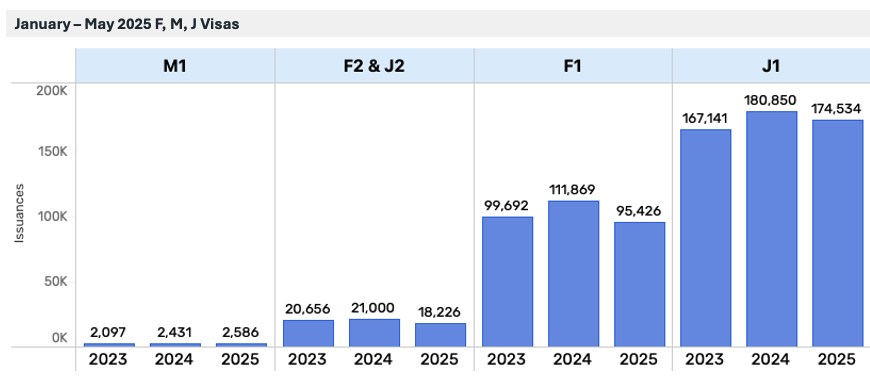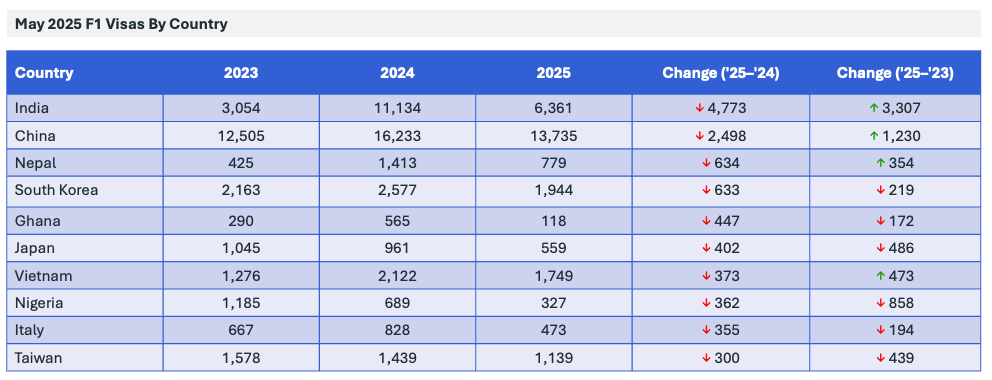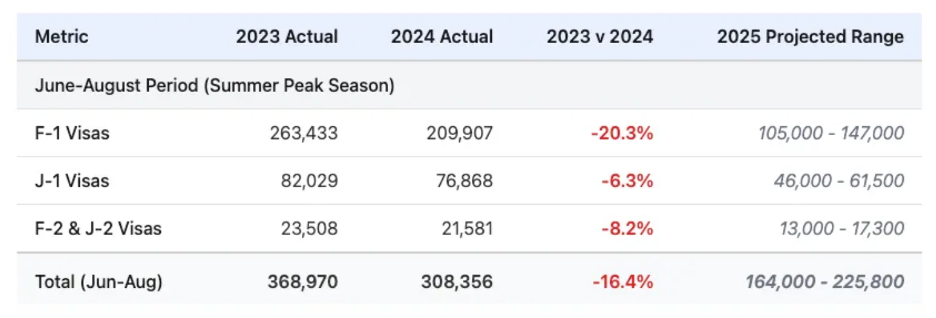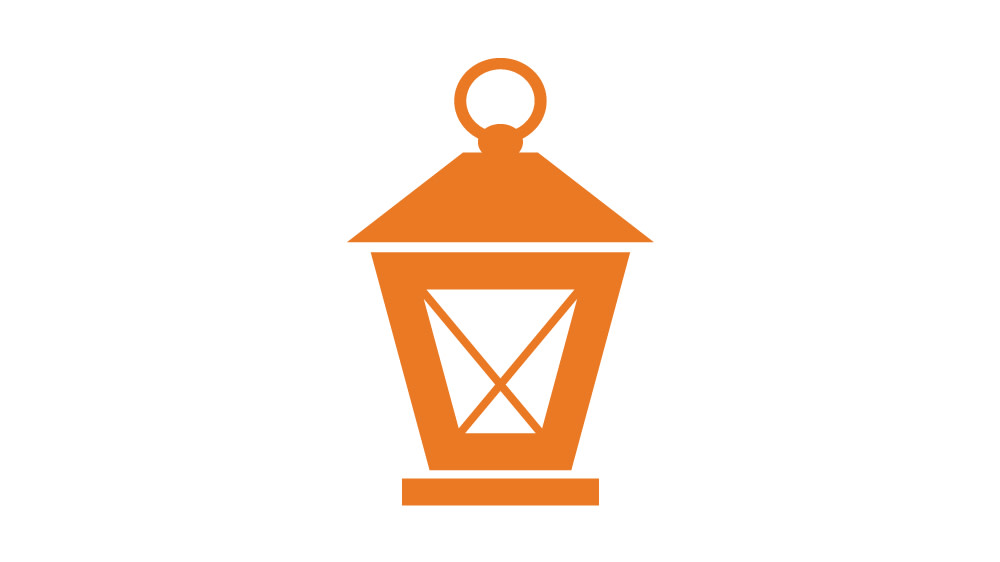Last week, Shorelight published The Real Cost of the US Visa Pause, an analysis examining the economic impact of lost revenue to both US Consular Affairs and SEVIS. This week, with May visa issuance data now available, our analytics team compared F-1 visa issuances from January to May for the years 2023, 2024, and 2025.

As of May 2025, only 95,000 F-1 visas have been issued since January — the lowest total in the last three years.
A closer look at specific countries for May only shows particularly troubling trends. India, which had a low issuance rate in May 2023, rebounded in 2024, only to experience a sharp decline again in 2025. China followed a similar pattern, with modest growth in 2024, followed by a drop this year. All other top 10 sending countries are also reporting year-over-year declines in 2025.

Given the four-week student visa pause and extremely limited appointment availability throughout June, these figures are deeply concerning. We are eager to review the June data, though there is typically a one- to two-month month lag in the release. While embassies and consulates are beginning to reopen, the pace is slow, and especially in India, which only recently resumed limited operations.
A recent statement from the U.S. Embassy in India underscores the concern:
“Additional or new appointments for student or exchange visitor visa applications will be extremely limited until further notice... We cannot guarantee that students or exchange visitor visa applicants without an existing appointment will be able to schedule an interview this summer.”
Shorelight is not alone in sounding the alarm about Fall 2025 international student enrollments. The US Undercounted International Students by 200,000 Last Year, a recent analysis from Chris Glass, professor at Boston College and the Center for International Higher Education (CIHE), addressed the 2024 SEVIS data correction and also looks ahead to 2025, raising similar concerns. Glass’s study closely mirrors Shorelight’s internal modeling and reinforces the urgent need to address current policy and processing challenges.
“The data through May already looked bad for fall enrollment. Then came the pause in visa appointment scheduling (May 27–June 26, 2025) during peak processing season. Now that appointments have resumed, the backlog — plus expanded social media screening for all F, M, and J visa applicants — has slowed everything down. The math is simple: fewer visa appointments plus slower processing equals fewer students.”

With fall start dates quickly approaching, these trends highlight ongoing uncertainty for international students —and real risks for US colleges and universities. Our team will continue tracking the monthly data, but unfortunately, the full impact won’t be clear until September.
Sources:

